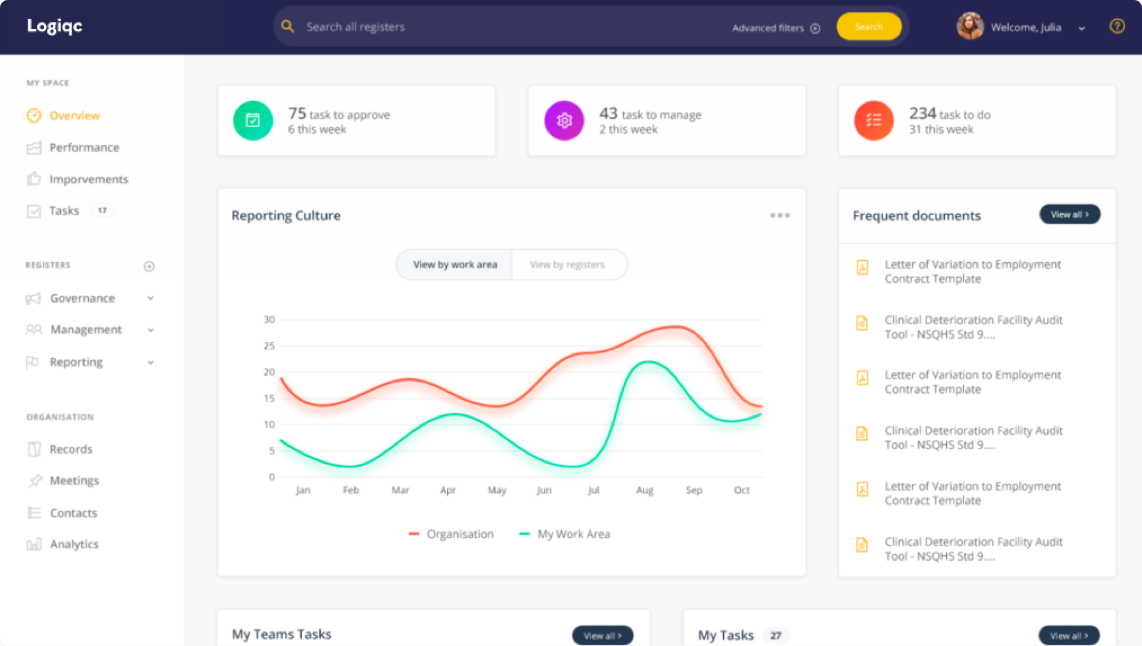A question we get asked frequently when a client is considering a Quality Management System (QMS) is: How long will it take to implement?
The short answer is: As long as it takes for the leadership team to make it a priority.
Without leadership and commitment from the top, building a QMS is unlikely to align to strategic business priorities, meaning that it will inevitably diminish in value over time. But, with a shared vision of the scope and purpose of the QMS, teams can get their QMS up and running quickly, and realise value faster. Here’s how to successfully implement a QMS.
Step 1: Establish a shared vision, scope and purpose
When establishing the scope and purpose of the QMS, it’s important to determine an initial focus for the build and the requirements it should manage as a priority, whether that is contractual, people management, standards, or legislative and regulatory. Take a rigorous approach to identifying these requirements as well as pain points experienced with existing systems and processes, so that your QMS is designed to support business transformation.
Step 2: Assemble your team
Now that the objective has been clearly defined and parameters set, it’s time to get the team on board. Let’s take a look at the key roles and responsibilities required for a successful QMS implementation.
Role |
Responsibilities |
| Top management Lead the change |
|
| Project sponsor Lead the change |
|
| Project manager Be part of the solution |
|
| Middle management Be part of the solution |
|
Step 3: Check you’re on track
As with any new system or process implementation, things don’t always go as planned. But there are some common issues you can watch out for. Here are some questions to ask as you implement your QMS.
- Is there a shared agreement across the team on the benefits and value of the QMS?
- Is there clarity around what’s within and outside of the project scope?
- Have responsibilities and accountabilities been designated?
- Have adequate resources been allocated to support the build?
- Are people and processes being held to account?
- Has the system been designed to manage scale and complexity?
- Is everyone taking responsibility for the solution?
- Is the system managing everything it is supposed to e.g. are all documents uploaded to the system?
- Is the system built to align with existing organisational structures, delegations and communication pathways?
- Has the data architecture been designed to deliver useful analytics and insights for decision-makers?
At Logiqc, we guide you through each stage of the QMS implementation process, equipping you with the tools, training and support you need to embed your QMS and bring about lasting, positive change. With dedicated project management support, pre-loaded relevant industry examples, and content guides based on standards for your industry, you don’t have to go it alone. We’re here to help.




